We are no longer freshmen. What does that mean? That means no longer being able to walk downstairs in our pajamas, wait in line for a little while and go back up stairs with a prepared meal. We live in houses or apartments and that usually means one thing: cooking! Before you do that, however, there is one important step that must be done and that is grocery shopping.
If done correctly, grocery shopping can be fun and make us feel good about ourselves when we are done. The only problem is that most college students are on a budget in terms of money and time. Here are 6 tips to make grocery shopping quick and painless as well as cheap and fruitful. Try them out, and see how good grocery shopping can be.
1. Coupons are a must.
No matter where you live, two things are probably true: you have internet and you get mail. That means you have access to infinite coupons. Check your mail. There should be a mailer that comes with coupons for anything from restaurants to automotive services. Included in this should also be coupons for groceries. There are also many websites like Coupons.com, SmartSource and RedPlum. Just put in your zip code to access tons of coupons for your savings pleasure. Most big chain grocery stores also have a digital coupon service on their website as well, so check those out.
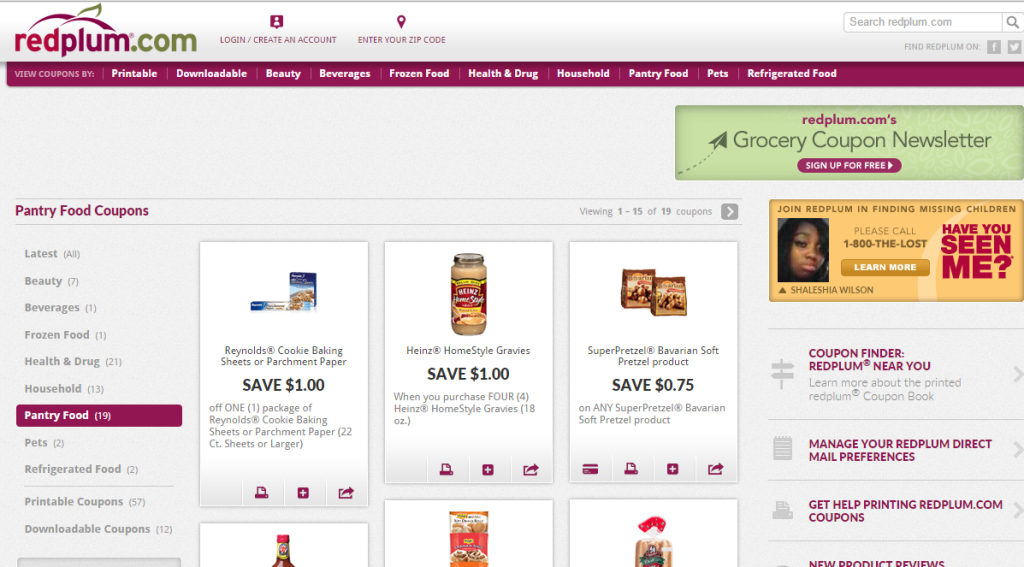
Photo by Amanda Gray
2. Make a list and plan ahead.
You might think it’s easier to get in your car, go to the grocery store and pick up whatever looks good when you get there but that is an easy way to run up your grocery bill very quickly. I recommend planning out what you will be eating for the week and then making a list of all the ingredients you will need. Buy what you need first (fruits, veggies, meats, grains etc.) and if you have money left over then buy what you want next (snacks, desserts, beverage, alcohol etc.).

Photo by Amanda Gray
3. Discount cards and student discounts.
Pick a grocery store, any grocery store and I guarantee you that they have a discount card. Kroger has the Kroger Plus Card and Marsh has the Fresh Idea Card. These stores will scan your card when you check out so that you get the sale prices advertised in their add and throughout the store. If you don’t have a card, you can’t get the savings. Supermarkets like Walmart and Target don’t have cards because the savings come off automatically at check out.
If you choose Marsh as your grocery extraordinaire , they also offer a student discount of 10% off food purchases on Saturdays. You can sign up at customer service with your student ID and when they scan your Fresh Idea card, the 10% will automatically be taken off at the end of your order.
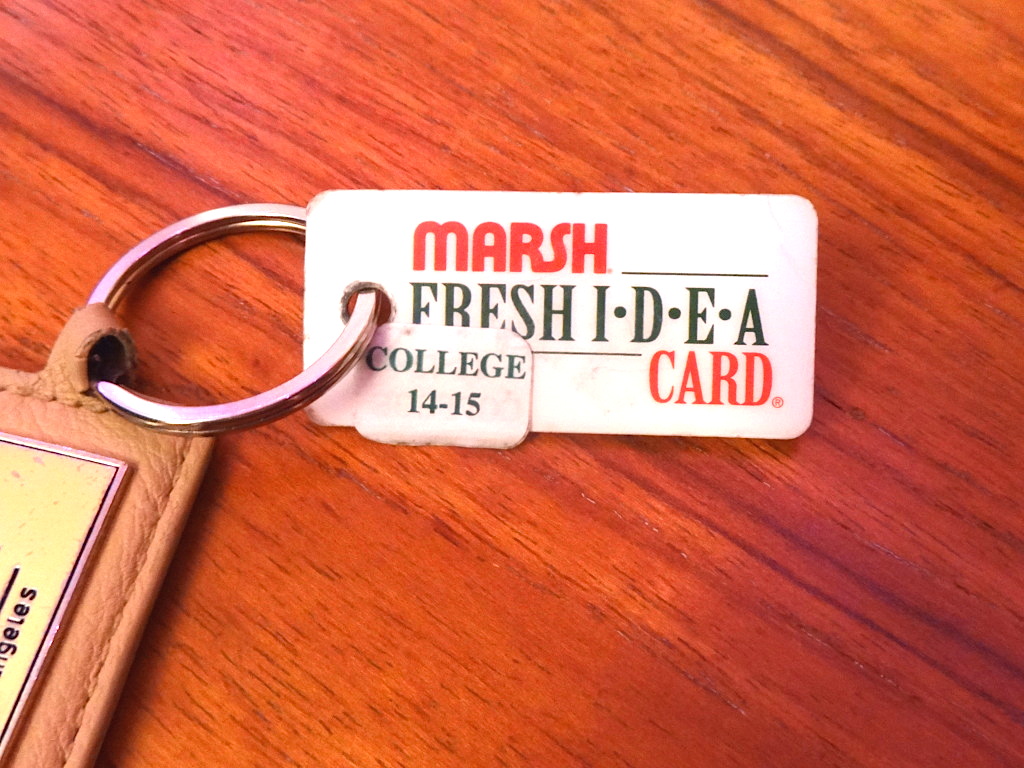
Photo by Amanda Gray
4. Read the weekly ad for your grocery store.
Every grocery store has a weekly circular that contains deals for that week. Google your grocery store and on their website you can find their ad for the week. Use this to plan your meals for the week. If there is a specific meat on sale, buy that meat and cook enough for the whole week. That is a huge budget saver. For pantry items that you like, when they go on sale make sure to stock up. Those items take awhile to go bad so it helps if you can buy them in bulk when they are on sale. You can also buy and freeze. Buy more sale meat than you need and then freeze some of it.
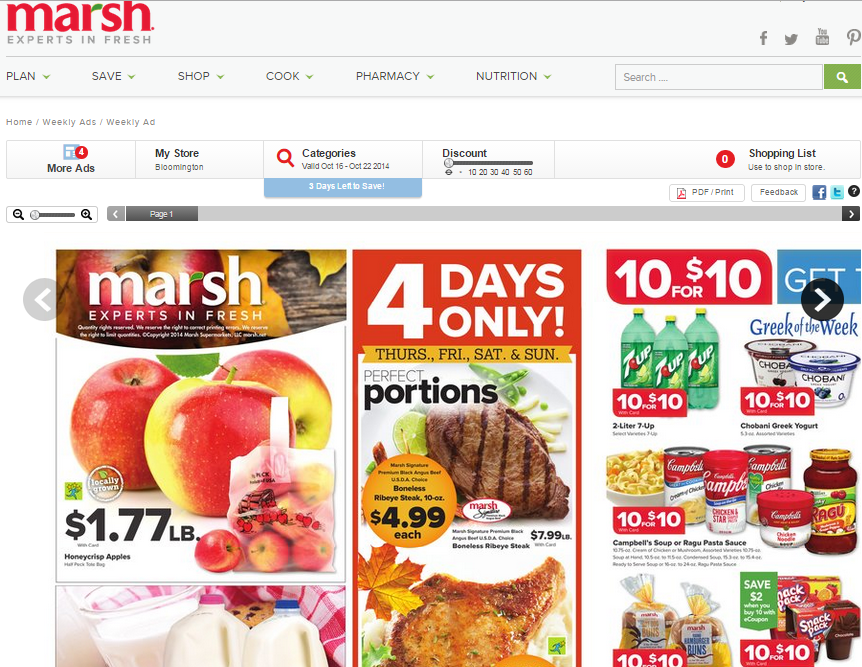
Photo by Amanda Gray
5. When in doubt, buy the store brand.
Anywhere you go to buy food, groceries will have their own brand that is, more times than not, cheaper than popular name brands. Unless you have a coupon for a name brand, go with the store brand. They are just as high quality and you get more bang for your buck. There are a few exceptions to this rule that I have learned from personal experience.
The first one is meat broth (i.e. chicken broth and beef broth): don’t buy the store brand of these products because they tend to be of lesser quality and have a higher fat content. The second is cereal bars (i.e. chewy bars or nutrigrain bars): these typically don’t have as great flavor as name brands so I would steer clear. Everything else I recommend buying store brand: cheese, crackers, oil, baking needs, dairy products, etc.
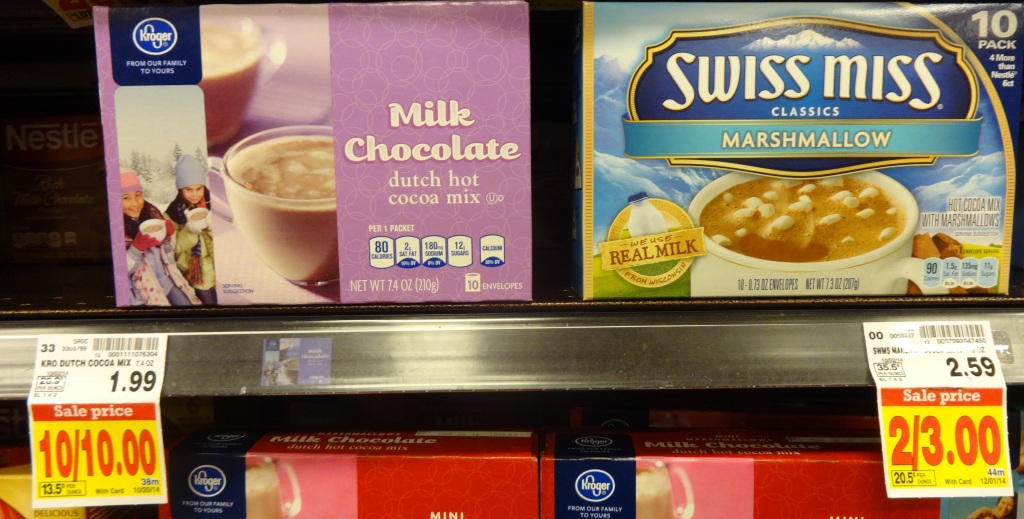
Photo by Amanda Gray
6. Buy only what you need.
You may have heard that it is better to buy the larger sizes of your favorite products because it is cheaper per ounce. For example, if you buy a 16 oz. container of sour cream it will be around $0.14 an ounce whereas an 8 oz. container would be $0.23 an ounce. That is all fine and well until three weeks later when you have only used 8 of those 16 ounces and the rest grew mold. It may not seem like a lot, but the little bit extra you spend on the larger sizes that you don’t need add up over time.
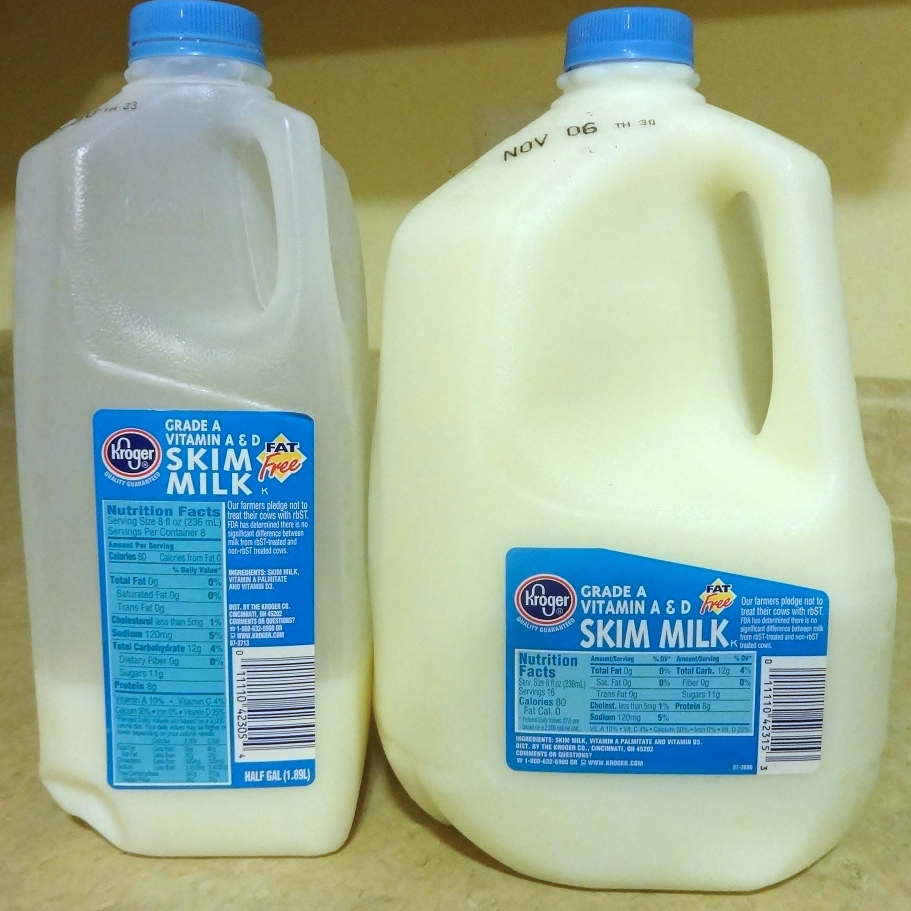
Photo by Amanda Gray
Use these tips to save a dime and some time. I promise you, it is worth it in the end.




